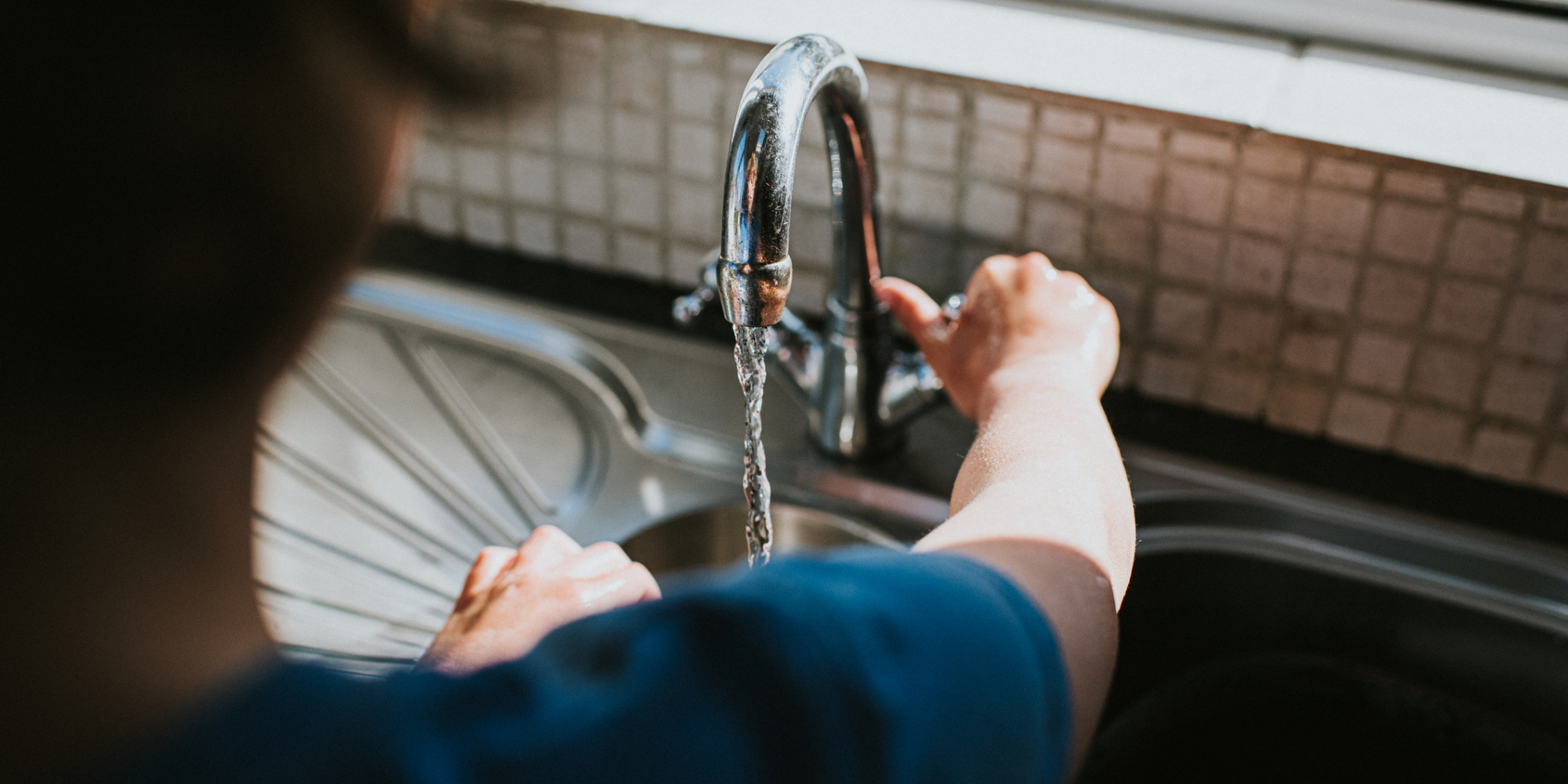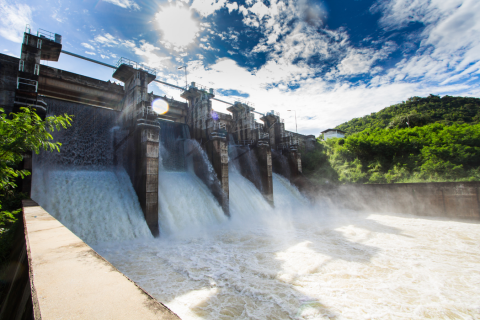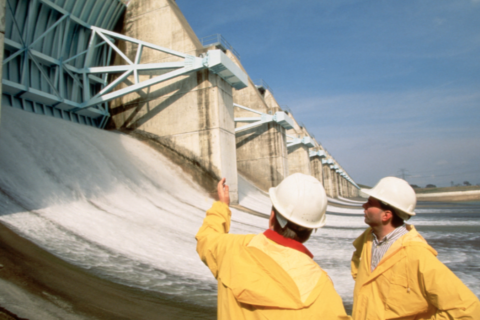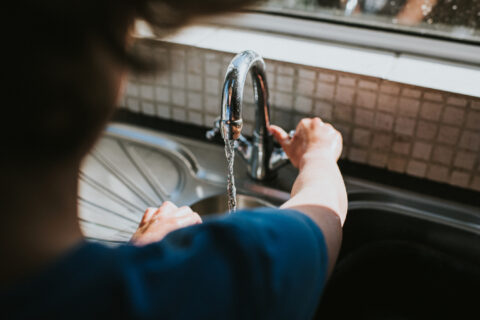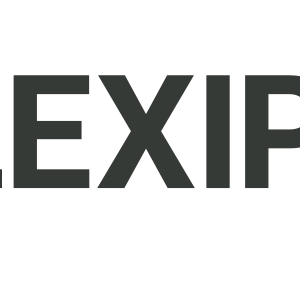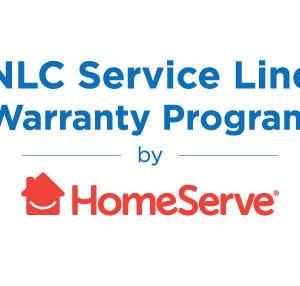Earlier this month, the U.S. Department of the Treasury released much-anticipated guidance—an Interim Final Rule—on how local governments can use the $65.1 billion in Coronavirus State and Local Fiscal Recovery Funds (funds) established by the American Rescue Plan Act (ARPA).
With the Interim Final Rule, the Treasury Department also released details on how these funds can be used to respond to acute pandemic response needs, fill revenue shortfalls among these governments and support the communities and populations hardest-hit by the COVID-19 crisis. With the launch of the Coronavirus State and Local Fiscal Recovery Funds, eligible jurisdictions are now able to access this funding to address these needs.
In addition to these eligible uses directly related to a local government’s COVID-19 response, the ARPA allows funds to be used for “necessary investments in water, sewer, or broadband infrastructure.”
The Interim Final Rule explains this to mean a broad range of projects that improve access to clean drinking water, improve wastewater and stormwater infrastructure systems. “Necessary investments include projects that are required to maintain a level of service that, at least, meets applicable health-based standards, taking into account resilience to climate change.” Notably, the “Interim Final Rule provides [State, local, and Tribal] governments with wide latitude to identify investments in water and sewer infrastructure that are of the highest priority for their own communities, which may include projects on privately-owned infrastructure.”
To achieve this flexibility while providing clarity on the types of projects that can be funded, Treasury’s Interim Final Rule aligns types of eligible projects with the wide range of projects that can be supported by the U.S. Environmental Protection Agency’s Clean Water State Revolving Fund (SRF) and Drinking Water State Revolving Fund. There are 11 project categories under the Clean Water SRF and six under the Drinking Water SRF, including planning and design for capital projects and water quality planning likely to result in a capital project.
Under the Clean Water SRF, eligible projects include to construct, improve, and repair wastewater treatment plants; control non-point sources of pollution; improve resilience of infrastructure to severe weather events; create green infrastructure; manage and treat stormwater or subsurface drainage water; facilitate water reuse; and protect waterbodies from pollution.

Under the Drinking Water SRF, eligible projects include building or upgrading facilities and transmission, distribution, and storage systems; supporting the consolidation or establishment of drinking water systems; and replacing lead service lines.
Additionally, Treasury outlines several other types of water, sewer and stormwater projects that are allowed or that local decisionmakers are encouraged to consider funding with these Funds:
- Lead service line replacement programs;
- Cybersecurity needs to protect water or sewer infrastructure, such as developing effective cybersecurity practices and measures at drinking water systems and publicly owned treatment works;
- Green infrastructure investments and projects that address the impacts of climate change or improve resilience to climate change, such as rain gardens, measures to conserve and reuse water or reduce the energy consumption of public water treatment facilities; and
- Projects that assist systems most in need on a per household basis and benefit the most vulnerable populations with safe drinking water that is critical to their health and, thus, their ability to work and learn in accordance with state affordability criteria and prioritization developed under the Safe Drinking Water Act.
In sum, the approach of aligning with the EPA state revolving fund programs is meant to support expedited project identification and investment so that needed relief for the people and communities most affected by the pandemic can be deployed expeditiously and have a positive impact on their health and well-being as soon as possible. At the same time, the Interim Final Rule is intended to preserve flexibility for local governments to direct funding to their own particular needs and priorities and does not preclude decisionmakers from applying their own additional project eligibility criteria.
Here are some top questions and answers about using the Funds for water, sewer and stormwater infrastructure. It’s important to note that certain spending on water infrastructure is allowed under several other eligible use categories: Responding to COVID-19/Responding to Negative Economic Impacts and Revenue Loss. The Q&A below primarily focus on the “infrastructure” use category, although some responses provide additional information as it pertains to other eligible use categories.
Q: How do I determine if my drinking water, wastewater or stormwater project is eligible?
A: Recipients retain substantial flexibility to identify the drinking water, wastewater or stormwater infrastructure investments that are of the highest priority for their own communities. Therefore, local governments make the determination as to whether their water infrastructure projects are eligible and align with the Federal Clean Water and Drinking Water SRF project categories (not the State’s project categories or definitions). These eligibility guides for Clean Water and Drinking Water provide details on the types of projects the Funds can be used for.
Q: Do I need to have a SRF loan in order to use these funds for my water infrastructure project?
A: No, a community does not need to have a current SRF application or loan for the water infrastructure project, nor does the project have to be on an existing SRF Intended Use Plan or Project Priority List. The reference to the SRF programs is simply to determine project eligibility. It’s important to note that these funds cannot be used for expenses related to financing, such as paying interest, principle, servicing or redeeming notes, or paying fees or issuance costs associated with the issuance of new debt.
Q: My community is under a consent decree for Clean Water Act violations. Can we use these funds toward activities under our consent decree?
A: Yes. If you’re using Funds pursuant to the “infrastructure provision” to meet requirements of a Clean Water Act consent decree, that is an eligible use as long as the project aligns with one or more of the Clean Water SRF categories.
If you’re using Funds pursuant to the “Responding to COVID-19/Responding to Negative Economic Impacts” provision to meet requirements of a Clean Water Act consent decree, that is an eligible use as long as the project required by the consent decree responds to the public health or negative economic impacts of COVID 19 and is a “pay-go” project.
If you’re using Funds pursuant to the “Revenue Loss” provision to meet requirements of a Clean Water Act consent decree, that is an eligible use as long as the project required by the consent decree provides a government service and is a “pay-go” project.
Pay-go infrastructure funding refers to the practice of funding capital projects with cash-on-hand from taxes, fees, grants, and other sources, rather than with borrowed sums.
The Funds cannot be used to pay off fines or any other settlement costs, including those associated with a consent decree.
Q: Can a local government transfer funds to a water utility or water district?
A: Yes, a local government can transfer funds to other entities, including other levels or units of government or private entities. This includes special-purpose districts that perform specific functions in the community, such as fire, water, sewer, or mosquito abatement districts. Utilities can use the funds to cover water, sewer, and stormwater infrastructure investments so long as projects receiving funding align with the broad Clean Water or Drinking SRF eligibilities.
Q: Does a water infrastructure project have to be COVID-related or in a qualified census tract?
A: No, investments in water infrastructure are a separate eligible use of the Funds. Water infrastructure projects under the “infrastructure” eligible use category do not need to directly relate to supporting public health expenditure, addressing the negative economic impacts caused by the public health emergency or serving the hardest hit communities. Water infrastructure projects under the “infrastructure” eligible use category do, however, need to align with Clean Water and Drinking Water SRF eligibilities.
Q: Can these funds be used to recover lost revenue to local water/wastewater/stormwater utilities?
A: No. While these funds can be used by a local government to cover revenue loss, the Interim Final Rule explicitly excludes local utilities from eligibility under this program. Therefore, utilities, including water, wastewater and stormwater utilities, cannot use the funds to cover revenue loss. NLC intends to comment and seek changes to this provision to allow local utilities to recover lost revenues.
Q: Can the funds be used for water, wastewater or stormwater infrastructure projects that were started before the pandemic and/or have an expected completion date beyond December 2024?
A: Yes. Treasury is interpreting the requirement that costs be incurred by December 31, 2024 to only require that recipients have obligated the funds by such date. The period of performance will run until December 31, 2026, which will provide recipients a reasonable amount of time to complete projects funded with Fiscal Recovery Funds.
Q: Can the funds be used for other types of infrastructure projects and/or projects related to cybersecurity or climate change that are not water/sewer projects?
A: General infrastructure spending is not covered as an eligible use outside of “water, sewer, and broadband investments” or above the amount allocated under the Revenue Loss provision.
Under the Revenue Loss provision, the Interim Final Rule gives recipients broad latitude to use funds for the provision of government services to the extent of reduction in revenue. Government services can include, but are not limited to, maintenance of infrastructure or pay-go spending for building new infrastructure, including roads; modernization of cybersecurity, including hardware, software, and protection of critical infrastructure; health services; environmental remediation; school or educational services; and the provision of police, fire, and other public safety services.
Under the Infrastructure provision, only cybersecurity or climate change projects connected to water, sewer, stormwater projects are allowed. Meaning, Funds used in this category cannot be directed to other cybersecurity projects or other climate change projects unrelated to water, sewer, or stormwater.
Q: Can the funds be used to provide utility assistance to households impacted by the coronavirus pandemic?
A: Assistance to households or populations facing negative economic impacts due to COVID-19 is an eligible use of funds under the Responding to COVID-19/Responding to Negative Economic Impacts category. This includes utility, rent, or mortgage assistance; food assistance; counseling and legal aid to prevent eviction or homelessness; cash assistance; emergency assistance for burials, home repairs, weatherization, or other needs; internet access or digital literacy assistance; or job training to address negative economic or public health impacts experienced due to a worker’s occupation or level of training.
Water and sewer infrastructure funds are a separate eligible use category and may not be used for utility assistance.
Q: Does the National Environmental Policy Act (NEPA) apply to water infrastructure projects?
A: NEPA does not apply to Treasury’s administration of the Funds. Projects supported with payments from the Funds may still be subject to NEPA review if they are also funded by other federal financial assistance programs.
The Treasury Department has also developed FAQs related to the use of the Coronavirus State and Local Fiscal Recovery Funds.
If you have general questions about the Coronavirus State and Local Fiscal Recovery Funds, please email the U.S. Department of Treasury at SLFRP@treasury.gov or call 844-529-9527.
To help communities make the best and most appropriate use of these funds, NLC has offered some key principles for local leaders to help guide and plan their recovery.
Visit NLC’s resource hub on the American Rescue Plan for more information about the Coronavirus State and Local Fiscal Relief Fund and other programs.
Update as of January 25, 2022: The Treasury Final Rule provides detailed information on expanded on expanded eligibilities for stormwater infrastructure, private wells and septic systems, remediating lead in water, dams and reservoirs, expansion of drinking water service infrastructure, floodplain management and flood mitigation projects, and irrigation.
The information contained here is not legal advice. It will be subject to change based on updates from the U.S. Department of the Treasury, and any recipients should confirm applicability to their specific situation.
Learn More
Click for more more ARPA water infrastructure resources.
